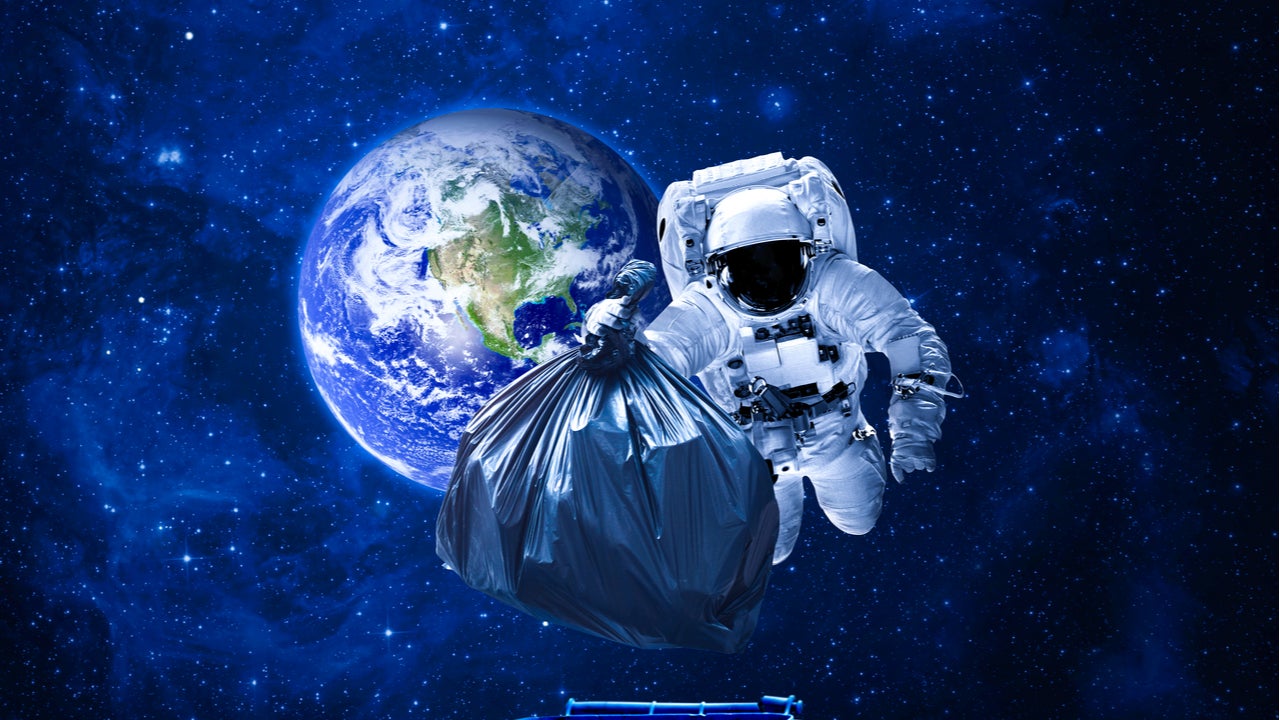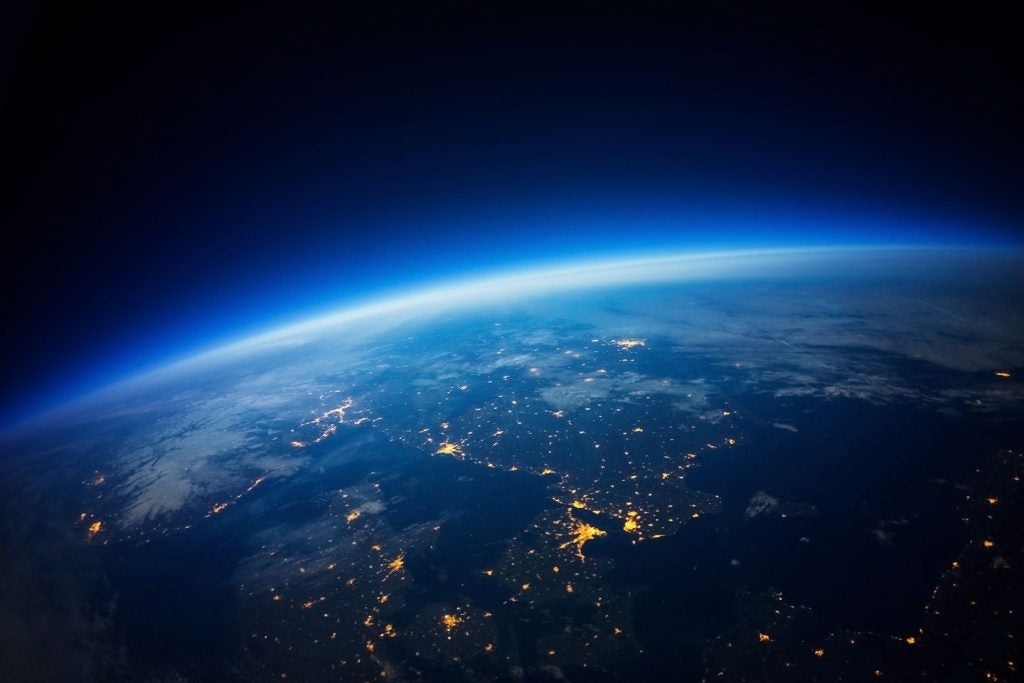
It has been over a week since COP26 concluded and, already, another super wicked problem has reared its ugly head – space debris. The International Space Station (ISS) being thrown into a state of emergency over a cloud of rogue space debris, originating from a Russian anti-satellite test, demonstrates how the world’s vastest dumping ground is reaching full capacity.
Difficult to define with uncertain impacts and a lack of central authority, super wicked problems describe the deterioration of global commons thus far, and low earth orbit is next. The National Space Agency (NASA) estimates that there are currently 6,000 tons of waste material occupying low earth orbit (LEO), 500–2,000km up.
Some 60 years of activity in space has yielded a grim trophy of 34,000 orbiting objects of 10cm or more in diameter. It is likely that our accomplishment extends much further, with thousands of smaller fragments proving harder to track. The graveyard of ‘space junk’ tells a story of innovation, exploration, and hubris. It is clear that, as a species, we have not yet learned the hard consequences of uncontrolled pollution.
The scale of the space debris problem
Data from the Union of Concerned Scientists (UCS) satellite database reveals that 55% of the active satellites currently orbiting the planet were launched in the last two years. The increasing commercialization of space—due to reduced launch costs—has led to growth in LEO satellites so that they now constitute 83% of all active satellites.
The Starlink constellation alone exceeds 1,600 and accounts for 36% of active satellites. Both SpaceX and its prospective competitors have thousands more LEO satellites in the pipeline and the rapid acceleration of satellite launches shows no signs of slowing. LEO is already littered with the debris from anti-satellite tests with up to 5,000 smaller, un-trackable fragments posing a collision risk. The addition of LEO satellite constellations will only add to the precarity of the situation, increasing the potential for a cascade of collisions.
The way forward
If the space economy is to continue its upward trajectory, strong regulation, the rapid development of space debris tracking, and space debris removal technology will be required. As it currently stands, the language of a ‘billionaire’s space race’ and geopolitical tensions have eclipsed the shared nature of the space debris problem, inciting a disturbingly weak response from regulators. While several guidelines exist, with the Space Safety Coalition issuing a set of best practices for satellite operators, there are no meaningful limits for launching satellites.
How well do you really know your competitors?
Access the most comprehensive Company Profiles on the market, powered by GlobalData. Save hours of research. Gain competitive edge.

Thank you!
Your download email will arrive shortly
Not ready to buy yet? Download a free sample
We are confident about the unique quality of our Company Profiles. However, we want you to make the most beneficial decision for your business, so we offer a free sample that you can download by submitting the below form
By GlobalDataSpace debris tracking technology is continuously undergoing refinement, offering some hope to the growing space debris problem. The start-up, Lumi Space, has developed a commercial satellite laser ranging (SLR) service, which promises to track space debris with centimeter precision.
Similarly, space debris removal mechanisms have been theorized. In August 2021, Astroscale successfully demonstrated how their dual satellite mission uses a system of magnets to collect space debris and then combust on re-entry. However, it is debatable as to whether these technologies will be mobilized in time to deal with the onslaught of microsatellites planned for 2022 and beyond. We are at a clear tipping point when it comes to the matter of space debris, will humanity allow another global common to slip through its fingers?







Related Company Profiles
ISS AS